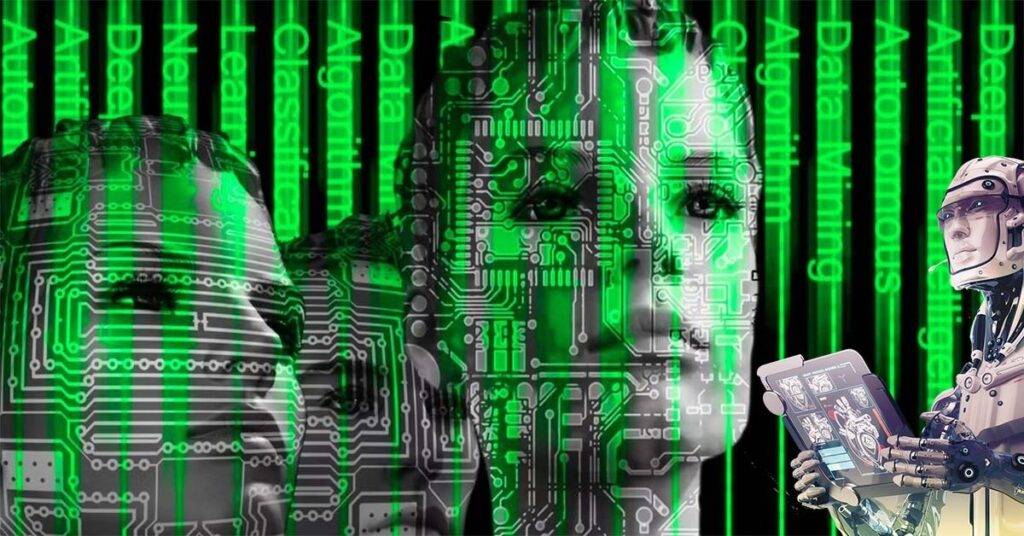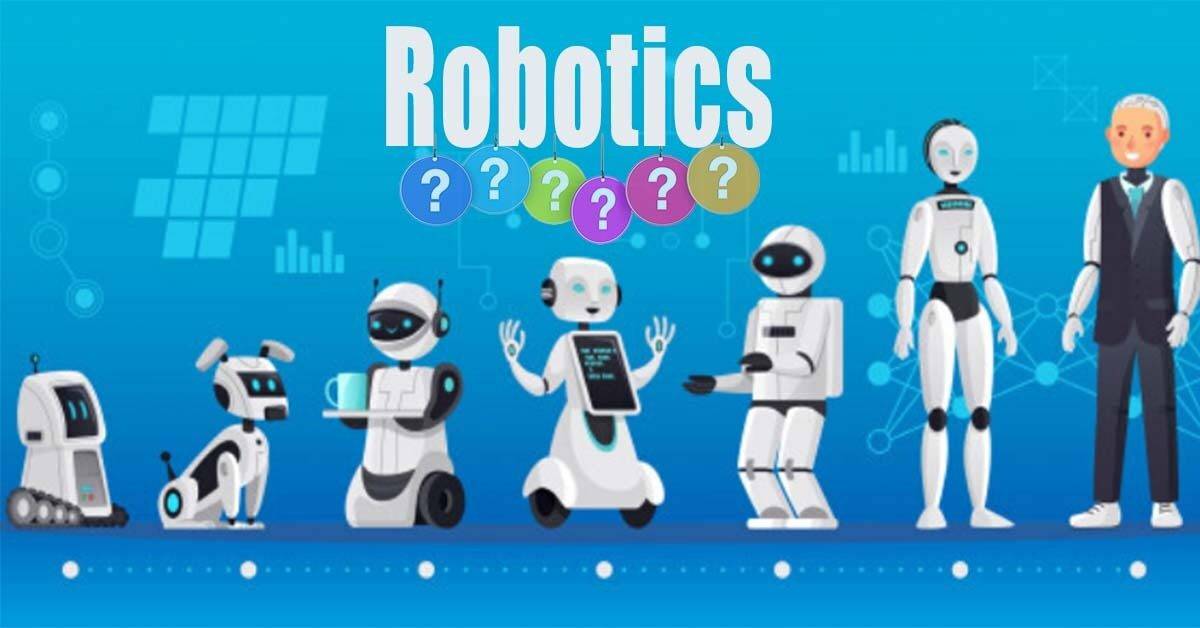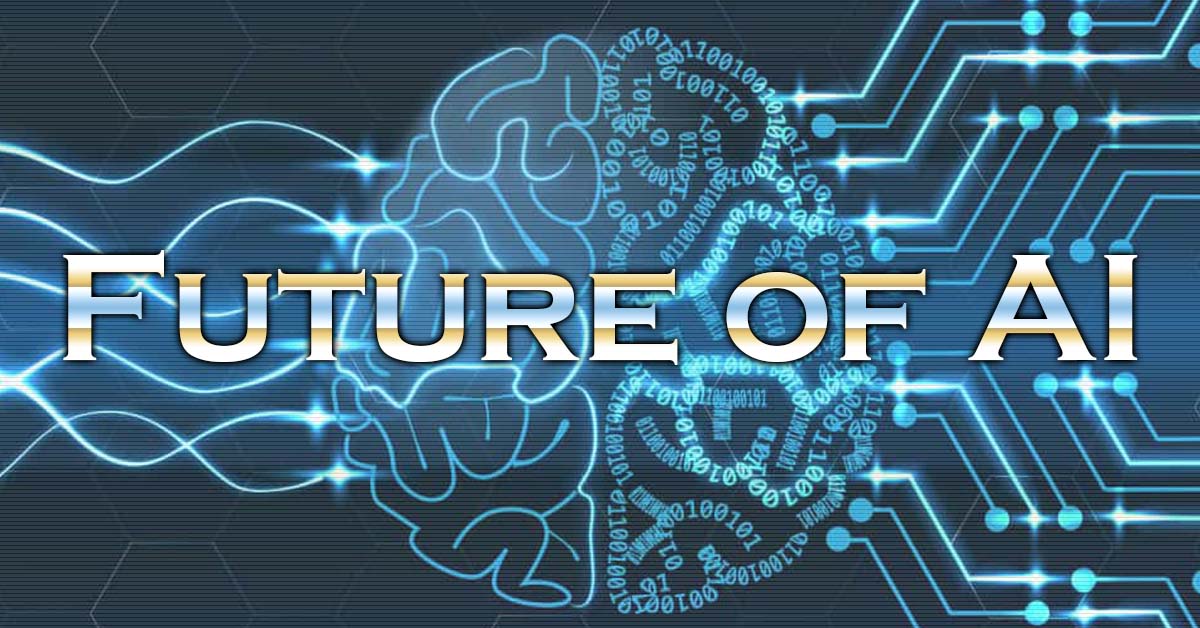Machine learning (ML) is a topic of study focused on comprehending and developing “learning” methods, or methods that use data to enhance performance on a certain set of tasks. It is considered to be a component of artificial intelligence. Without being expressly taught to do so, machine learning algorithms create a model using sample data, also referred to as training data, to make predictions or judgments.

Machine learning algorithms are utilized in a wide range of applications, including computer vision, speech recognition, email filtering, medicine, and agriculture, where it is challenging or impractical to create traditional algorithms that can accomplish the required tasks. Computational statistics, which focuses on making predictions with computers, is closely related to a subset of machine learning, but not all machine learning is statistical learning.
AI
Machine learning is a field of study that developed from the search for artificial intelligence. Some academics were intrigued by the idea of letting computers learn from data in the early stages of AI as an academic field. They made an effort to tackle the issue using a variety of symbolic techniques as well as what was at the time referred to as “neural networks,” which were primarily perceptrons and other models that were subsequently discovered to be reimaginings of the generalized linear models of statistics. Additionally, probabilistic reasoning was used, particularly for automated medical diagnosis.
However, a gulf has developed between AI and machine learning due to a growing emphasis on the logical, knowledge-based approach. Theoretical and practical issues with data gathering and representation plagued probabilistic systems. Statistics had lost favor by 1980 as expert systems had taken over AI. While research on symbolic/knowledge-based learning within AI did continue, leading to inductive logic programming, the more statistical line of inquiry was being conducted in pattern recognition and information retrieval outside of the purview of AI. Around the same time, both AI and computer science gave up on research into neural networks. Researchers from other fields, such as Hopfield, Rumelhart, and Hinton, pursued this line of inquiry as “connectionism” outside the AI/CS field. The reintroduction of back propagation in the middle of the 1980s was the key to their main success.
Data Mining
While machine learning concentrates on prediction, based on known qualities learned from the training data, and data mining concentrates on the finding of (previously) unknown properties in the data, both techniques frequently use the same methodologies and have significant overlap (this is the analysis step of knowledge discovery in databases).
In contrast, machine learning also uses data mining techniques as “unsupervised learning” or as a preprocessing step to increase learner accuracy. Data mining employs a variety of machine learning techniques, albeit with distinct purposes. Much of the misunderstanding between these two research communities—which frequently have separate conferences and journals, with ECML PKDD being a notable exception—results from the fundamental presumptions they operate under.
For example, performance in machine learning is typically measured in terms of its capacity to replicate existing knowledge, whereas, in knowledge discovery and data mining (KDD), the main objective is the discovery of previously undiscovered knowledge. While supervised methods cannot be employed in a typical KDD job due to the lack of training data, uninformed (unsupervised) methods will readily beat other supervised methods when evaluated concerning known knowledge.
Optimization
Additionally, optimization and machine learning are closely related since many learning problems are phrased as the minimization of a loss function on a training set of samples. The gap between the model’s predictions and the actual problem occurrences is expressed by loss functions (for example, in classification, one wants to assign a label to instances, and models are trained to correctly predict the pre-assigned labels of a set of examples).
Generalization
The distinction between machine learning and optimization stems from the generalization objective: although optimization methods can reduce the loss on a training set, machine learning is focused on reducing loss on untried samples. Research on characterizing the generalization of different learning methods is ongoing, particularly for deep learning algorithms.
Statistics
Although their main objectives are dissimilar, machine learning and statistics are closely connected areas in terms of methodologies. Machine learning seeks generalizable predictive patterns while statistics draw population inferences from a sample. Michael I. Jordan asserts that statistics has a rich history that predates machine learning, from methodological principles to theoretical tools. In addition, he proposed the phrase “data science” as a working title for the entire field.
Data model and algorithmic model are the two statistical modeling paradigms that Leo Breiman defined, with “algorithmic model” generally referring to machine learning methods like Random forest. Some statisticians have incorporated machine learning techniques, creating what they refer to as statistical learning.




GetResponse is a game-changer for email marketing! It offers powerful automation, user-friendly tools, and excellent deliverability—making campaigns seamless and effective. Plus, their analytics help optimize performance effortlessly. Great news! Now you can get 30% off until April 5th. Perfect time to upgrade or try it out! 🚀 Follow the link.